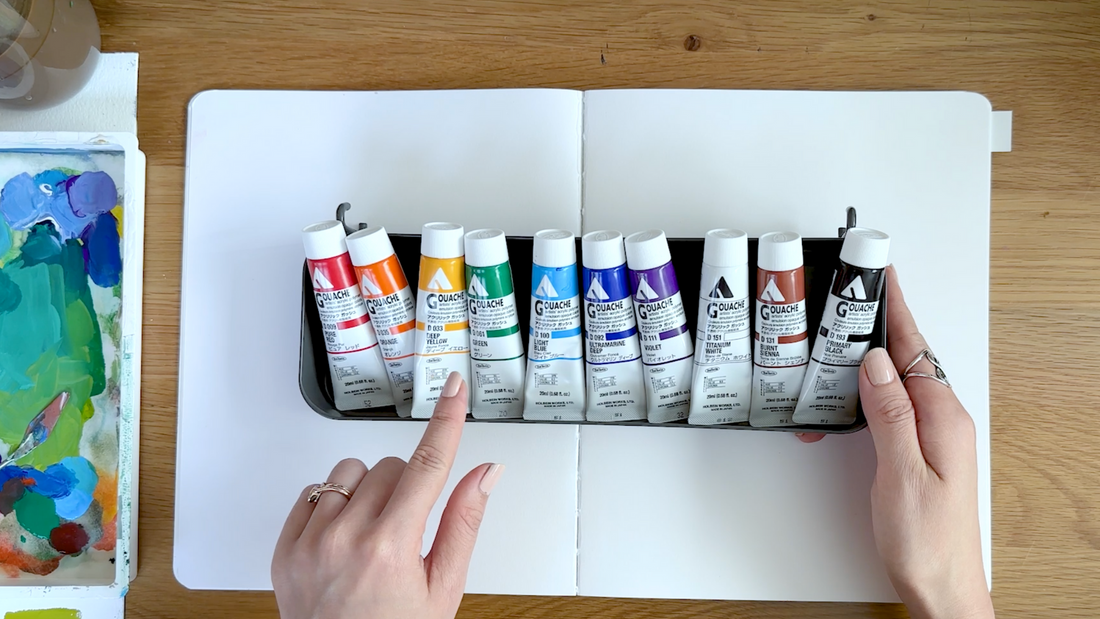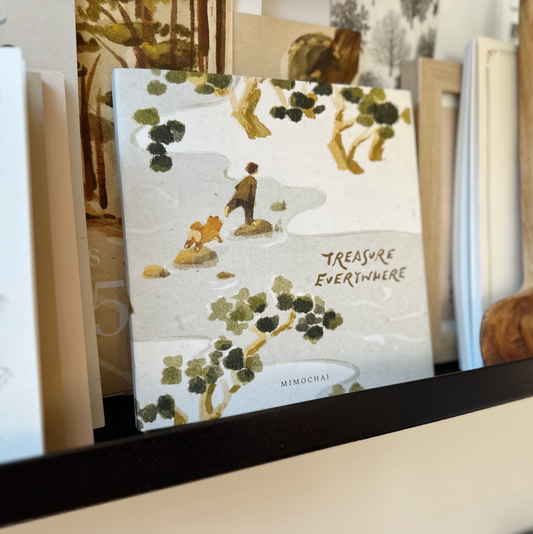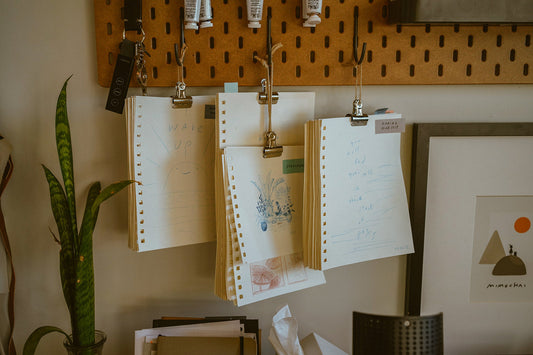
Choosing Colors in Drawing: Tips & Techniques
Choosing colors is one of the most fun parts of drawing! Here are my tips:
1. Keep it simple. You can't go wrong focusing on complementary color families (explained below), and keeping your values clear. This approach creates a pleasing contrast and visual impact. Keeping your values (lightness and darkness of colors) distinct adds depth and clarity to your artwork.
2. Use traditional color relationships such as:
-
Monochromatic Color Relationship: Use different shades, tones, or tints of a single hue. This creates a harmonious and unified color scheme by varying the lightness and darkness of a color while maintaining its base hue. For example, using various shades of blue, such as light blue, medium blue, and dark blue, in a design.
-
Analogous Color Relationship: An analogous color relationship involves selecting colors that are next to each other on the color wheel. These colors share similar undertones and create a cohesive and harmonious color scheme. For example, using colors like orange, yellow-orange, and yellow in a design.
-
Complementary Color Relationship: A complementary color relationship involves using colors that are opposite each other on the color wheel. This color scheme creates a high contrast and vibrant effect. The complementary colors intensify each other when placed together. For example, pairing blue with orange or red with green.
-
Split-Complementary Color Relationship: A split-complementary color relationship involves combining a base color with the two colors adjacent to its complementary color. This color scheme provides a strong contrast while maintaining a sense of harmony. For example, if the base color is blue, the split-complementary colors could be yellow-orange and red-orange.
-
Triad Color Relationship: A triad color relationship involves selecting three colors that are evenly-spaced on the color wheel. These colors create a balanced and dynamic color scheme. The triadic relationship creates high contrast while maintaining visual harmony. For example, using primary colors like red, blue, and yellow in a design.
-
Double-Split Complementary Color Relationship: A double-split complementary color relationship combines two complementary color pairs. This color scheme involves selecting two colors adjacent to a base color's complementary color and their complementary colors. It offers a vibrant and visually striking color combination. For example, if the base color is blue, the double-split complementary colors could be red-orange, yellow-orange, red-violet, and blue-violet.
3. Use color psychology to emphasize the message and mood of your drawing. Read more about color psychology here!
4. Experiment. Embrace experimentation as part of your artistic process. Traditional media often brings unexpected surprises, so channel Bob Ross and embrace happy accidents. For digital artists, tools like the hue adjuster in Procreate provide flexibility and exploration.
5. Try Color Palette tools and generators like Pinterest, Adobe Color, and Procreate’s color picker for inspiration.
For more information on color theory and how to pick colors, check out our comprehensive Drawing Foundations class! It provides lots of exercises, demos, and examples to help you master the fundamentals of color and light in your drawings.
Happy coloring!
- M



